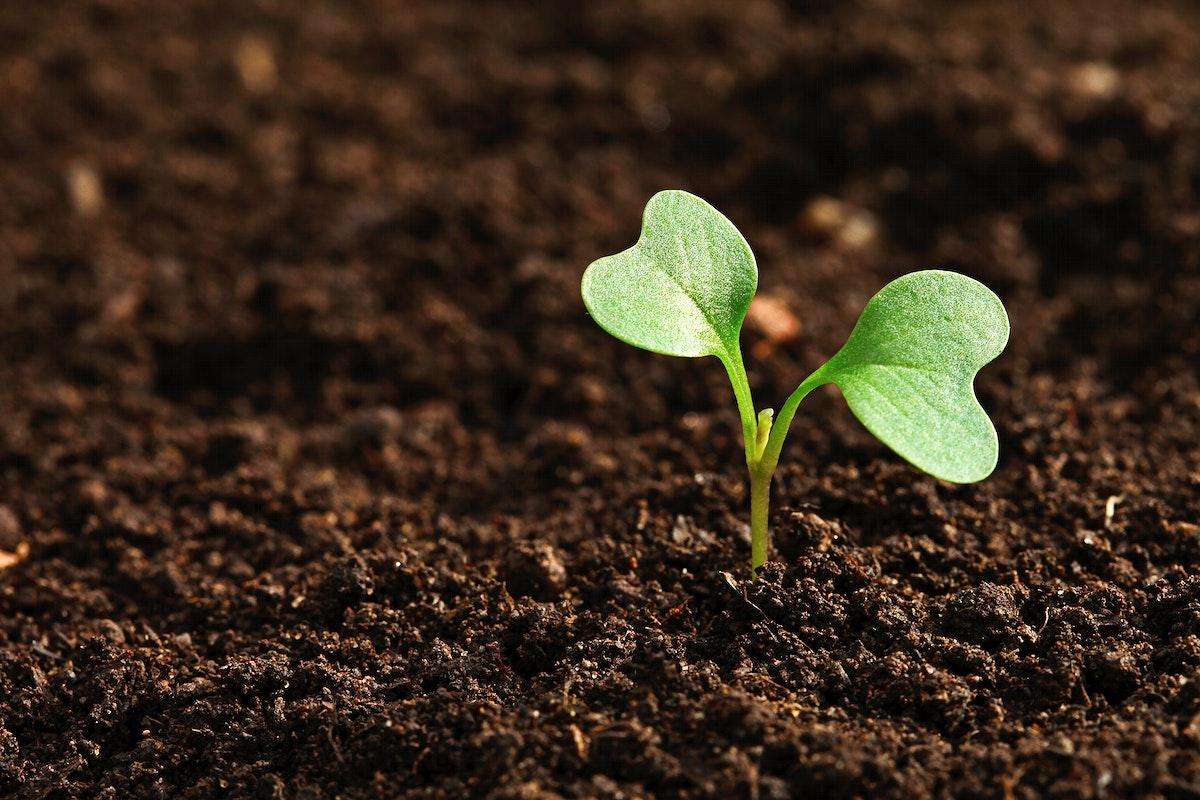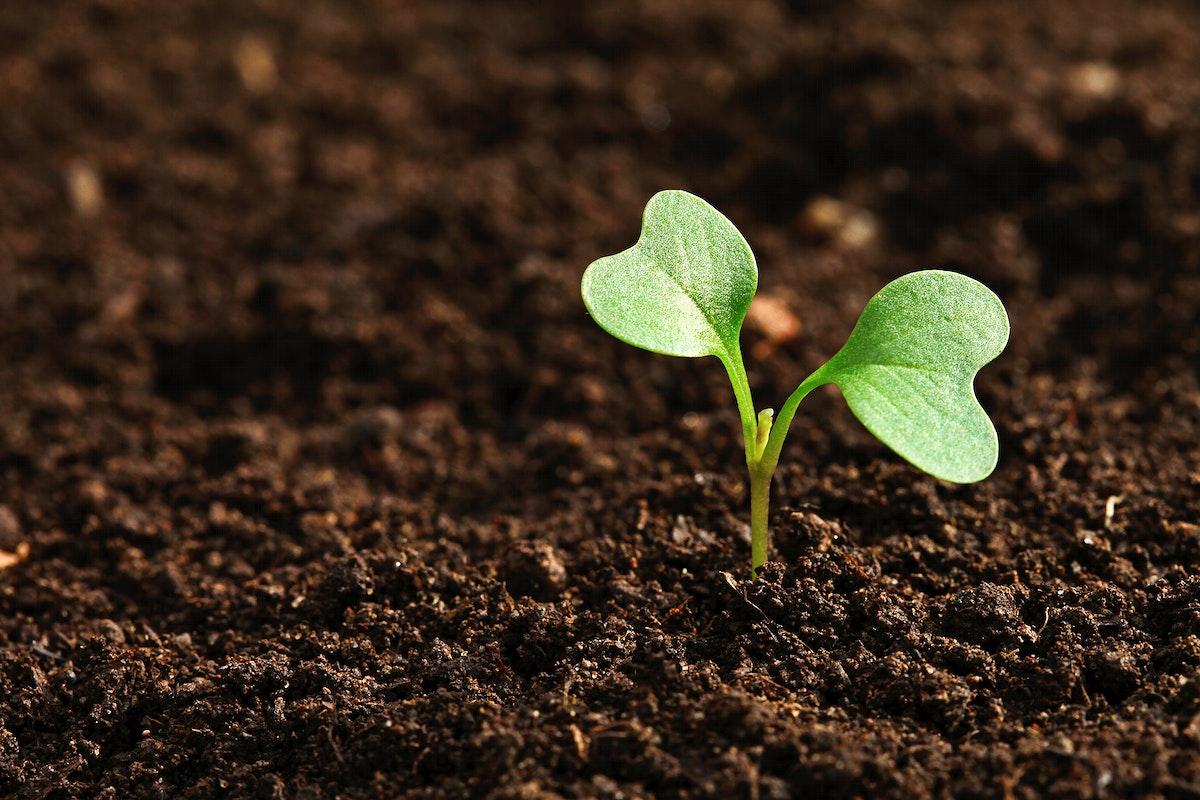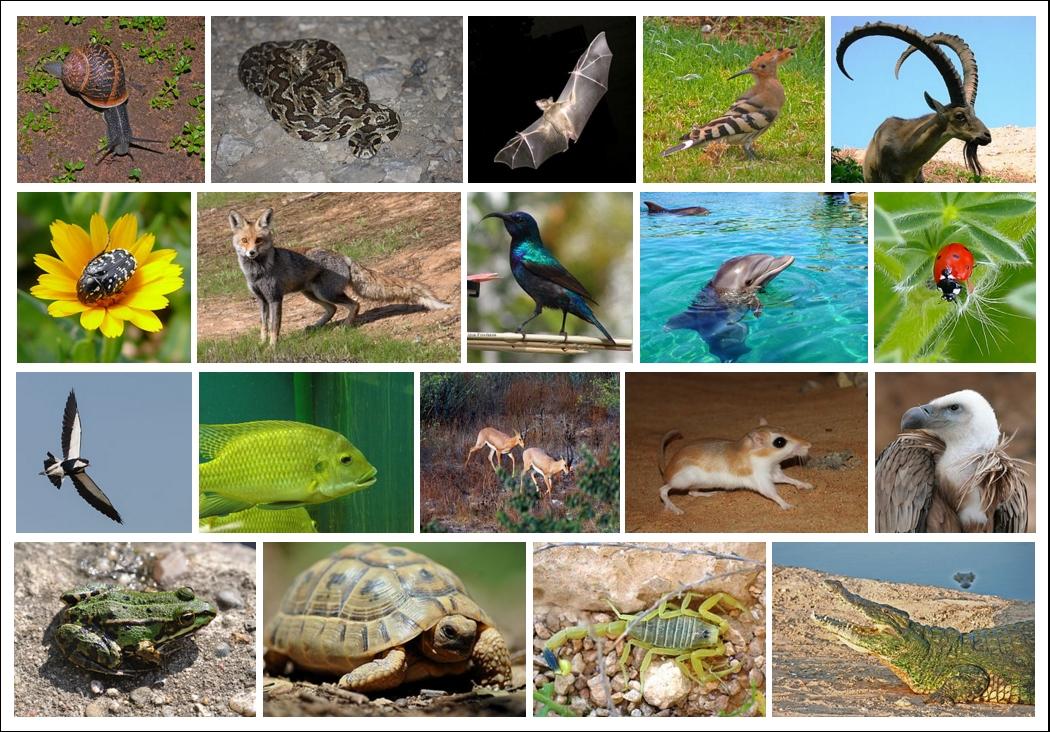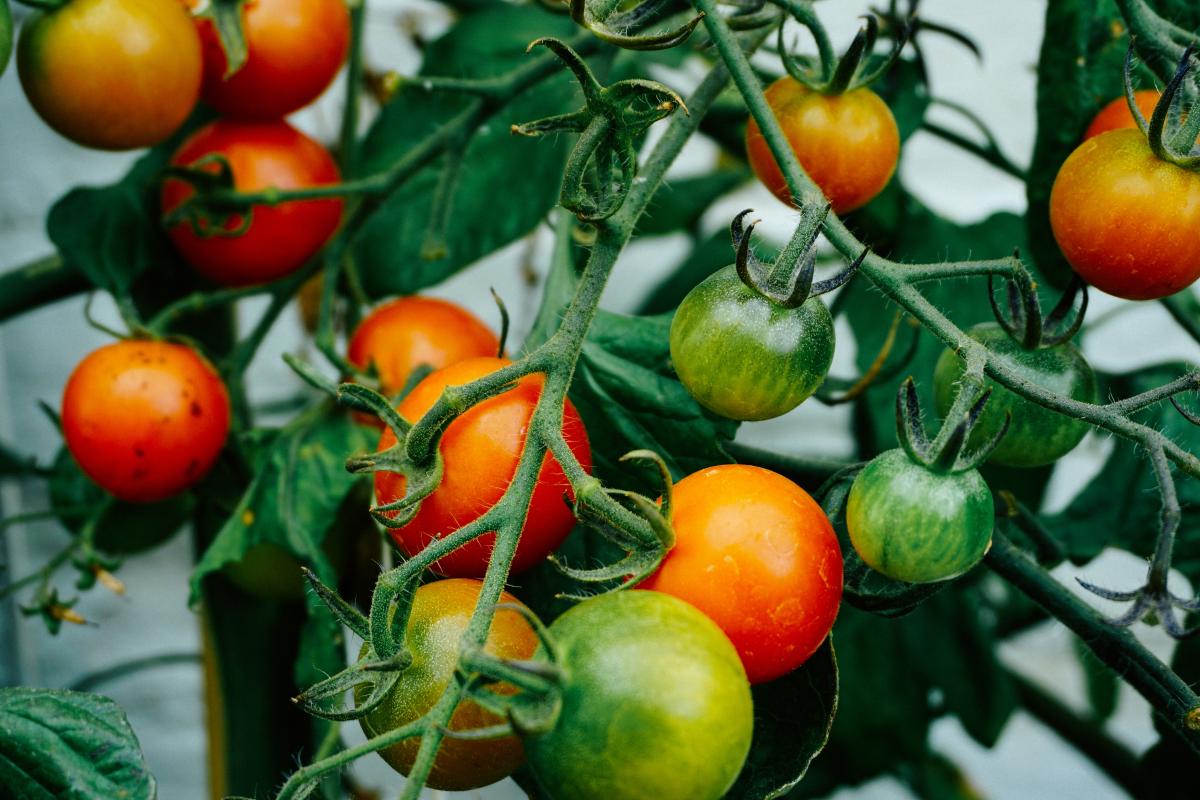
Jardin Estella de Tolson
This lesson uses the children’s book The Seed and the Giant Saguaro to teach about plant and wildlife habitat in the Sonoran Desert. It includes story reading, discussion, a field experience, writing, and drawing.
The students will measure the surface of the tubs, to divide the space needed to plant the three variety of red, green lettuce and kale plants. They will measure distances of each tub from the water source to determine various length of water tubing needed.
Lesson Grade Level
5th GradeLesson Plan Link/URL
https://docs.google.com/presentation/d/1IUgJuM6JxNnNyNFEdzfBuLMt0sKn5irv/edit?u…Subject Area
Science Life Science L2: Organisms & Energy Engineering S2: Apply the Engineering Design Process Mathematics Number and Operations in Base Ten (NBT) English Language Arts (ELA) Reading (Informational Text) WritingRelated Content

What lives underground? Kinder- 2nd grade students will dig into the life found underground in this 3-part series. In this lesson, students will dig underground to extract soil, investigate/evaluate

This project sets students up to explore animal anatomy and physiology with the idea of replacing a lost appendage (beak, leg, tail, fin, etc.) This is used in small groups of 2 or 3 over the course

The lesson plan challenges students to integrate research, agricultural principles, and engineering concepts, sparking their creativity in designing efficient and sustainable hydroponic setups. From